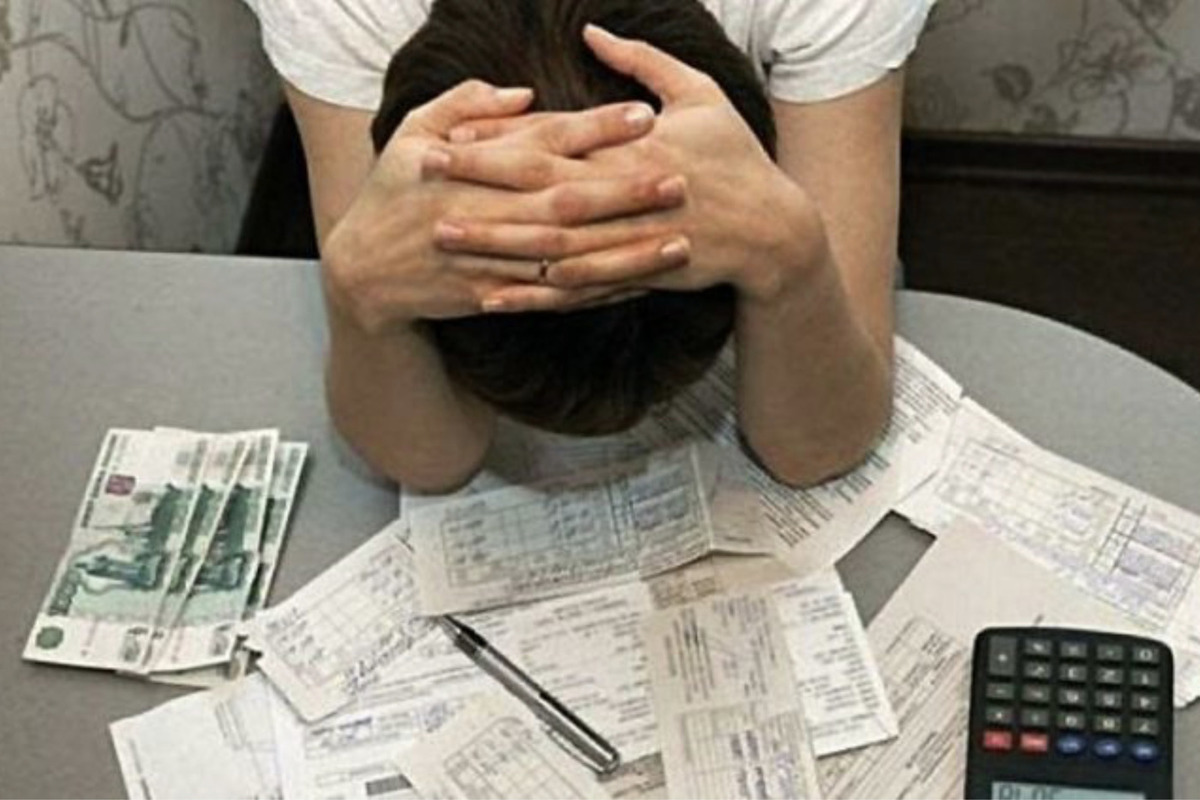Russians owe banks trillions of rubles: experts warn of global danger
[ad_1]

The population is rushing to buy goods: debts will be written off anyway
Russians are mired in debt. According to the Federal Bailiff Service (FSSP), the volume of unpaid loans jumped by almost a quarter by the end of the third quarter of this year – and the total amount of collections reached 2.9 trillion rubles. The amount is colossal and it’s hard to believe that the borrowers will come to their senses and return everything. And why? Since November 2024, bankruptcy rules for individuals have been simplified in Russia. MK looked into how this threatens the domestic banking system.
More than 21 million Russians became defaulters on loans, the FSSP reported. This is 22% more than in 2022. At the same time, the total amount of penalties reached 2.9 trillion rubles. Over the year, the debt growth amounted to 200 billion rubles. What prevents loan repayment?
The bailiffs themselves admit that low solvency makes it difficult for Russians to repay loans on time, says Artem Deev, head of the analytical department at AMarkets. This mainly applies to citizens with debts on taxes, payments for housing and communal services and alimony.
“The debt load of the population is growing against the backdrop of falling real incomes and rising prices. And, in my opinion, the department described the situation very accurately – everything is true,” the expert continues. – Many people today are forced to take out new loans to cover old ones. As they say, “overborrow in order to repay.” This approach, of course, increases the risk of non-fulfillment of one’s payment obligations – but also delays the deadline.”
According to Deev, taking into account that, according to the Central Bank, the number of loans among the population increased over the year – 2 million new borrowers received loans, and the number of borrowers with three or more loans increased to 11.2 million people – next year, we will see a constant deterioration in the situation.
Meanwhile, from November 2024, bankruptcy rules for individuals have been simplified in Russia. Citizens can file for bankruptcy without going to court if their debt ranges from 25 thousand to 1 million rubles.
“Before November 3, the minimum amount for filing for bankruptcy was 50 thousand rubles, while the maximum was 500 thousand rubles,” says Irina Egorova, head of the corporate and tax practice of the law firm Intercession. – Since November, two new grounds have appeared for filing for bankruptcy out of court. The first reason is when a citizen’s main income is only a pension, and he has no other property to recover. The second new basis is when the debtor receives a monthly benefit in connection with the birth and upbringing of a child. Also, the debtor should not have any property to pay off debts.”
Egorova is convinced that this is certainly an effective way to write off debts for borrowers specifically on consumer loans, because the maximum amount for write-off is 1 million rubles.
“Such a massive write-off of individual debts will fall on the shoulders of borrowers. Most likely, banks will increase interest rates on loans, that is, they will factor these risks into the cost of lending for borrowers,” the lawyer continues. “It is important that this mechanism for a simplified procedure for writing off debts does not turn into a tool for unscrupulous citizens who will use consumer lending and purchase goods, initially understanding that they will have a mechanism for the subsequent write-off of such debts.”
But here, rather, the question is for the banking system as a whole. How well do banks, at the time of issuing such consumer loans, check borrowers for the possibility of repaying debts?
[ad_2]
Source link






